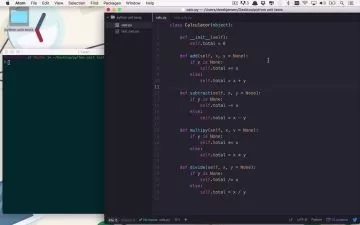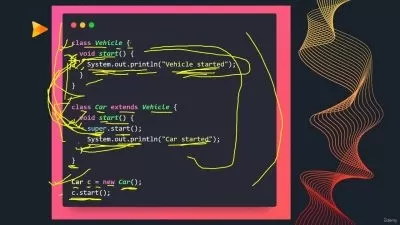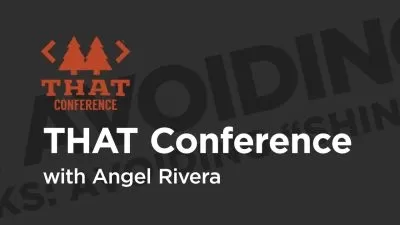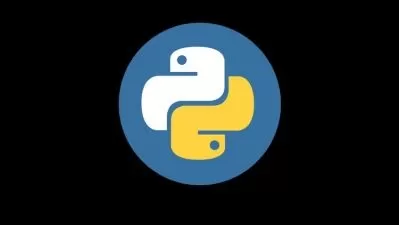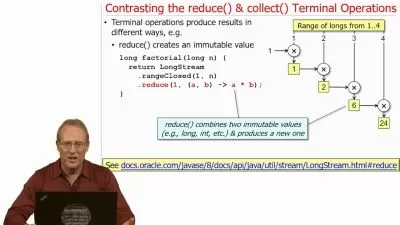EF Core 8 Fundamentals
Julie Lerman
8:10:15
Description
This course will teach you how to use Entity Framework Core to perform data access in your .NET applications.
What You'll Learn?
If you are new to EF Core or have experience using an earlier version, this course will help you get up to speed on the basics of EF Core 8. In this course, EF Core 8 Fundamentals, you’ll learn to work with data in your .NET applications. First, you’ll explore the benefits of using Microsoft’s ORM, EF Core, to relieve you of the commonplace tasks of retrieving and storing data in your software. Next, you’ll discover how to ensure that EF Core understands how the classes and relationships in your software map to a database schema. You’ll learn how to have EF Core retrieve and persist data in your software, leveraging the myriad capabilities that allow EF Core to comprehend your complex software models. When you’re finished with this course, you’ll have the skills and knowledge of Entity Framework Core needed to fluidly persist data from your software into your data stores.
More details
User Reviews
Rating
Julie Lerman
Instructor's Courses
Pluralsight
View courses Pluralsight- language english
- Training sessions 132
- duration 8:10:15
- level preliminary
- Release Date 2024/04/20










